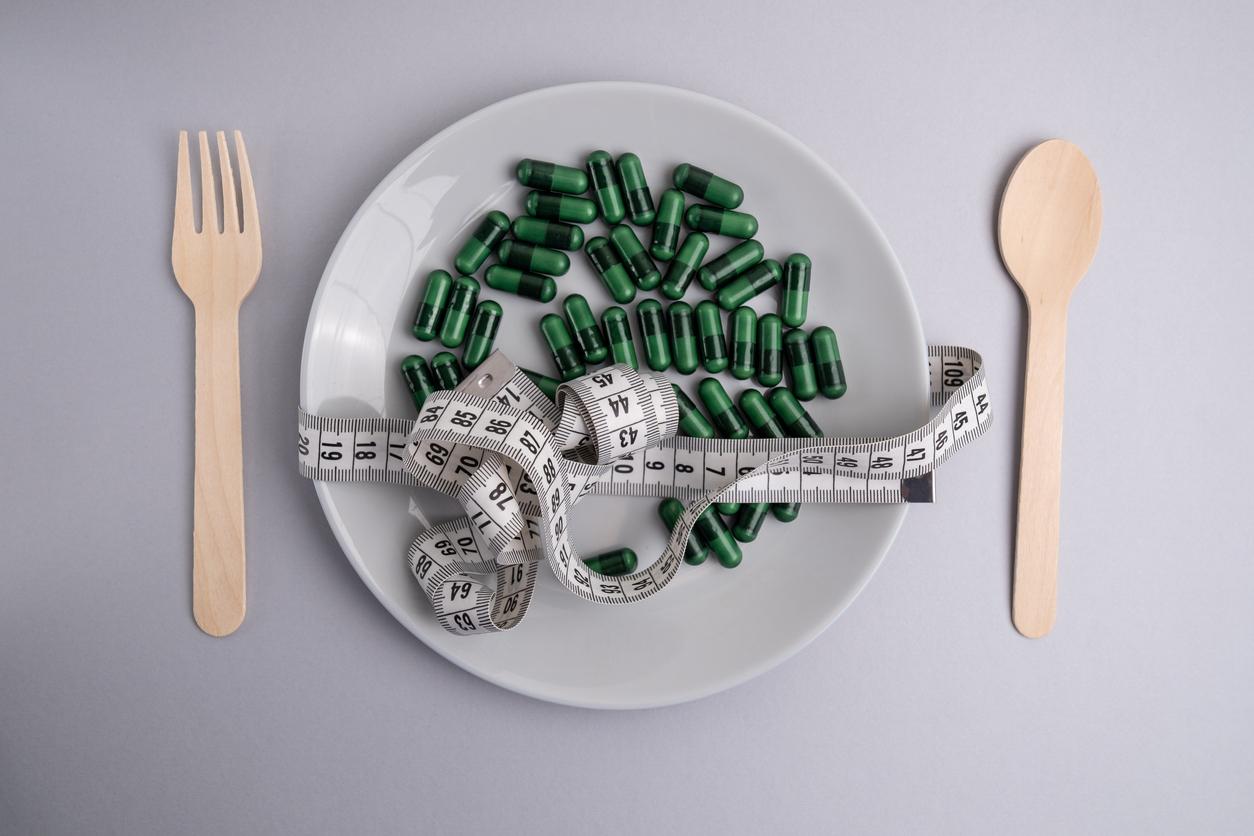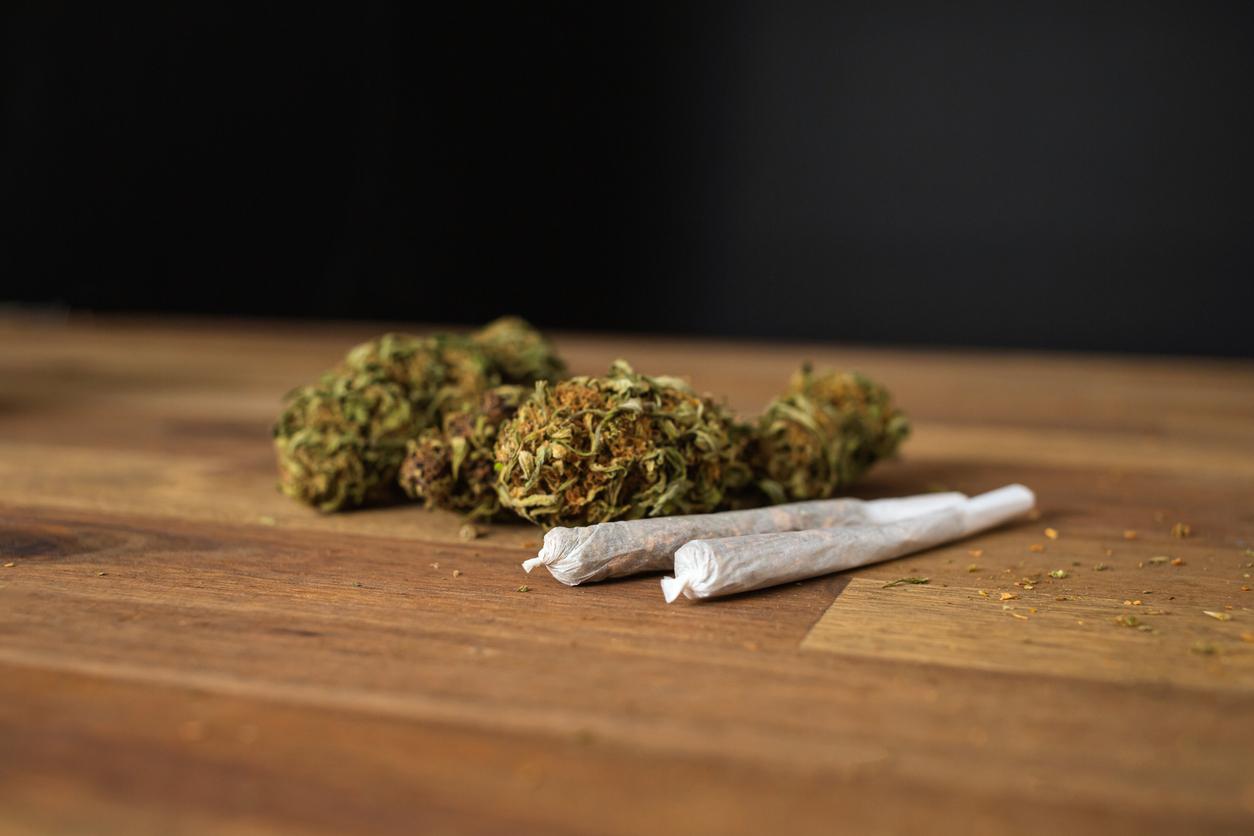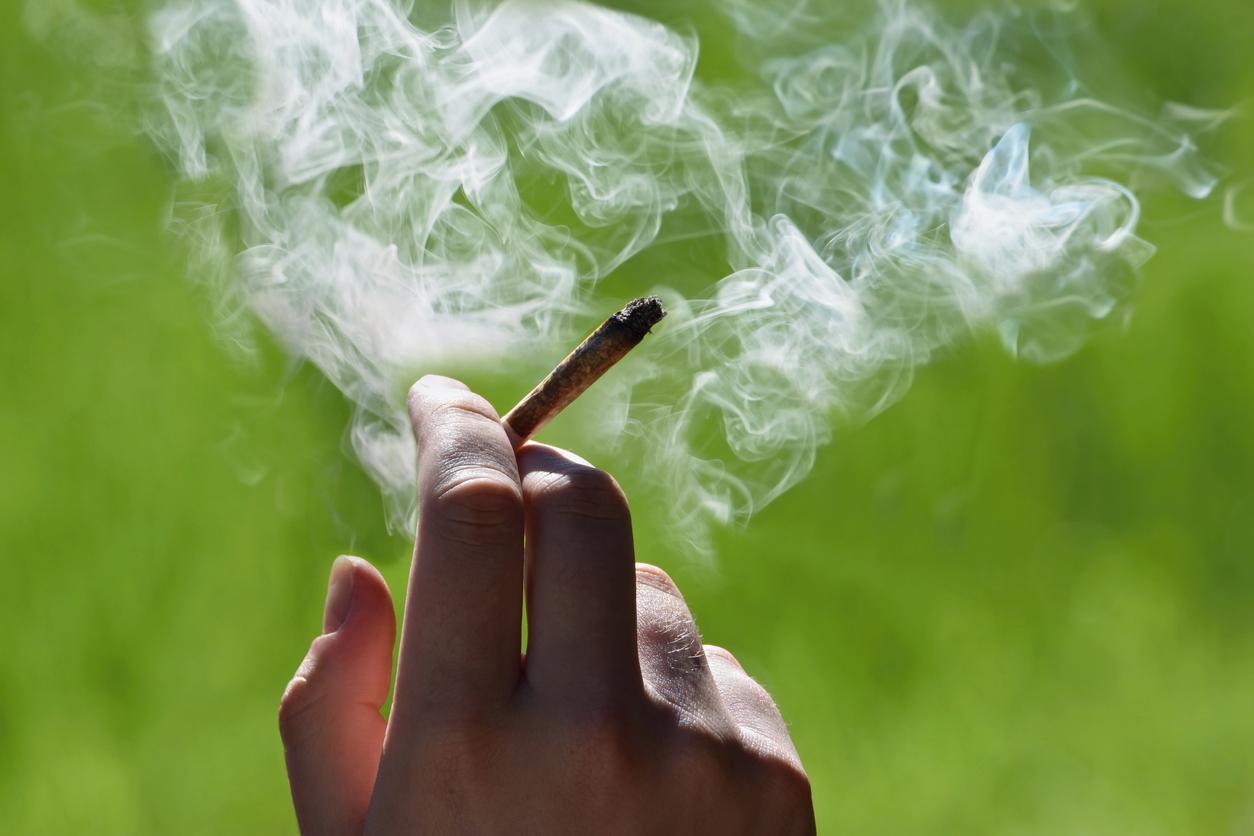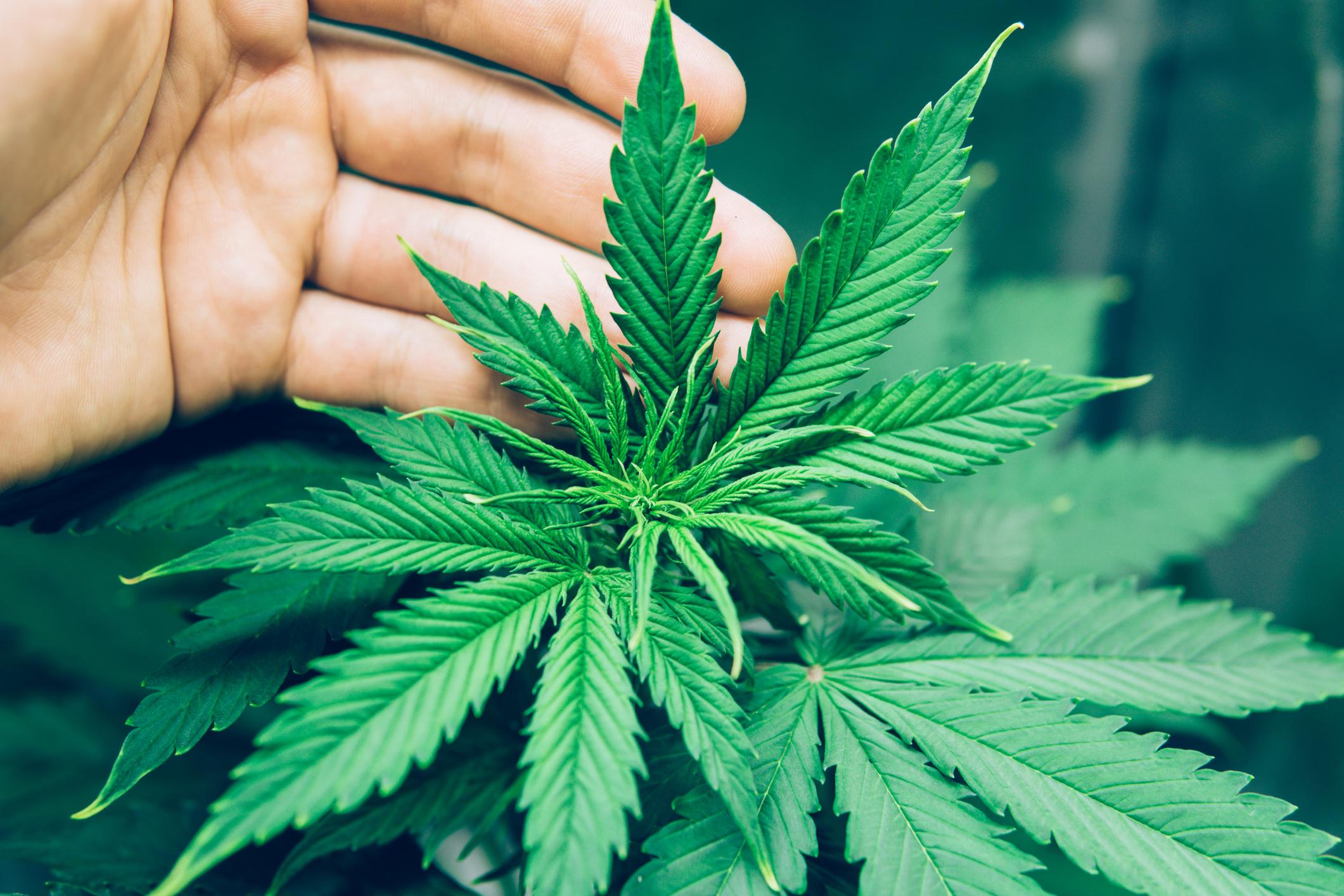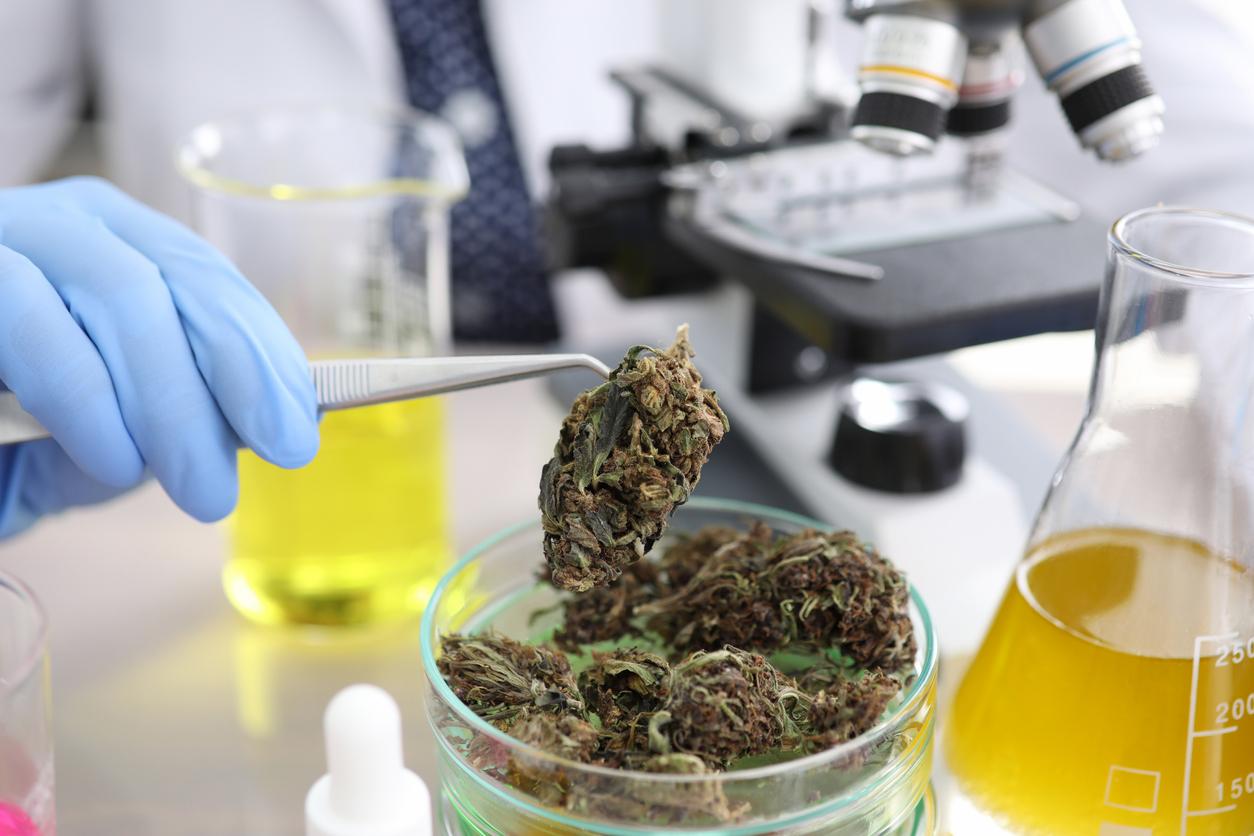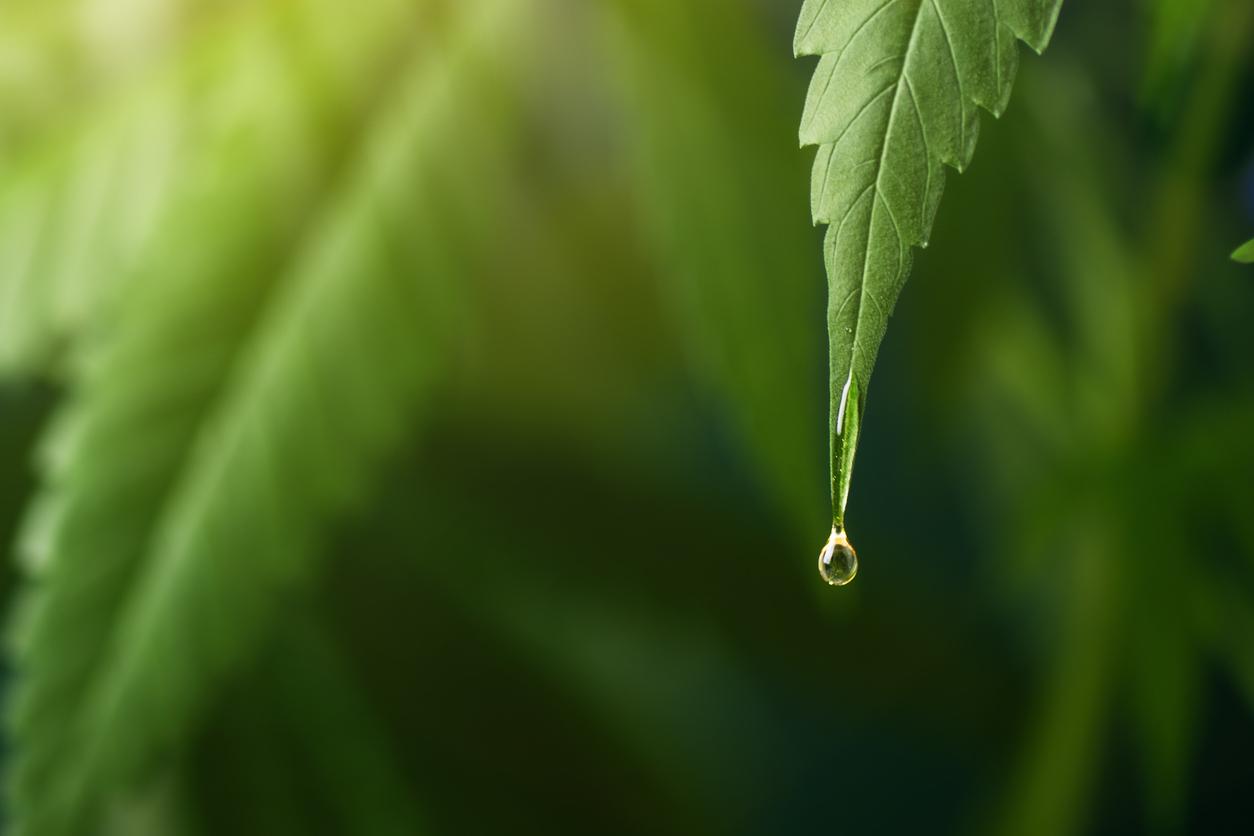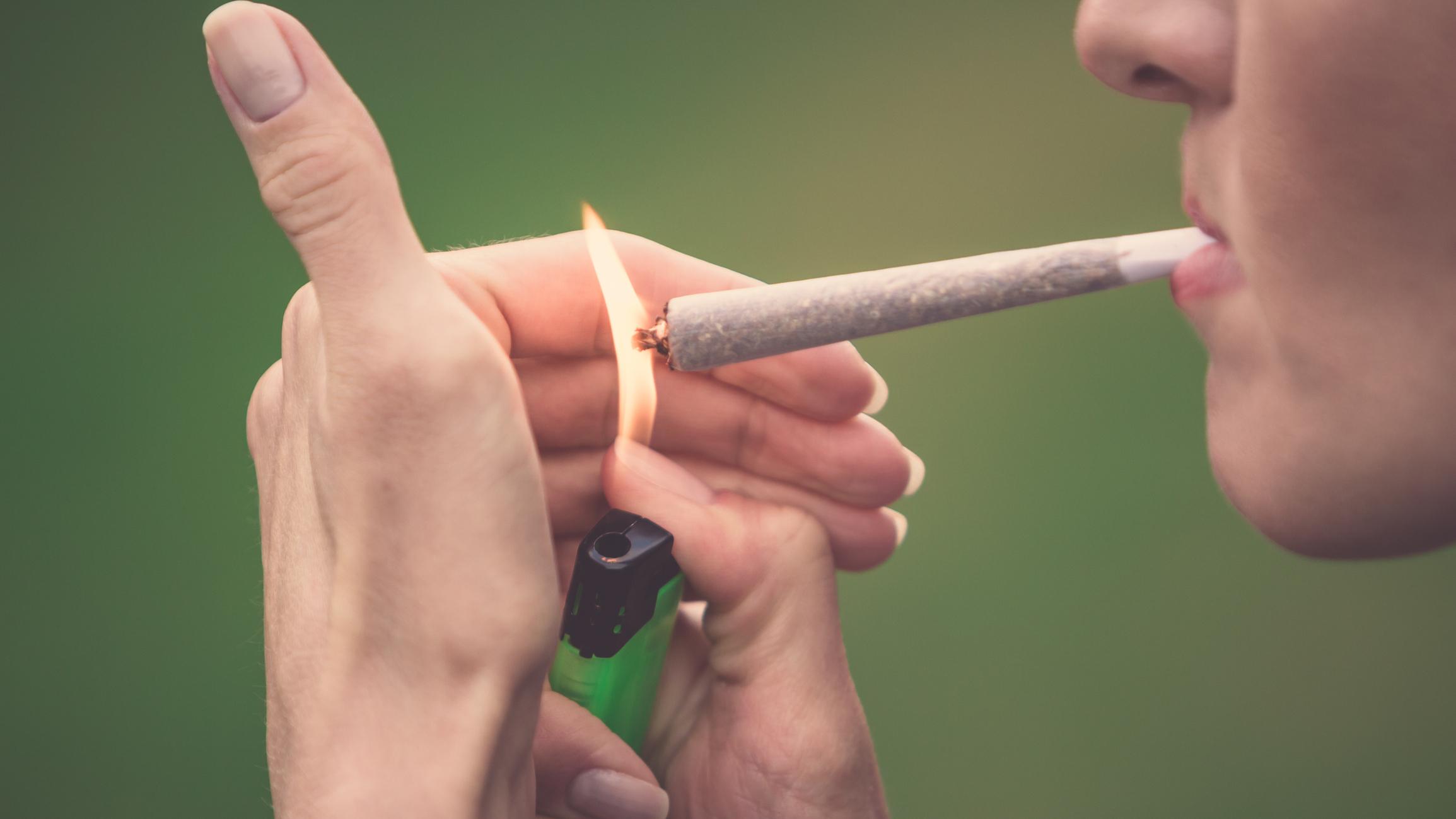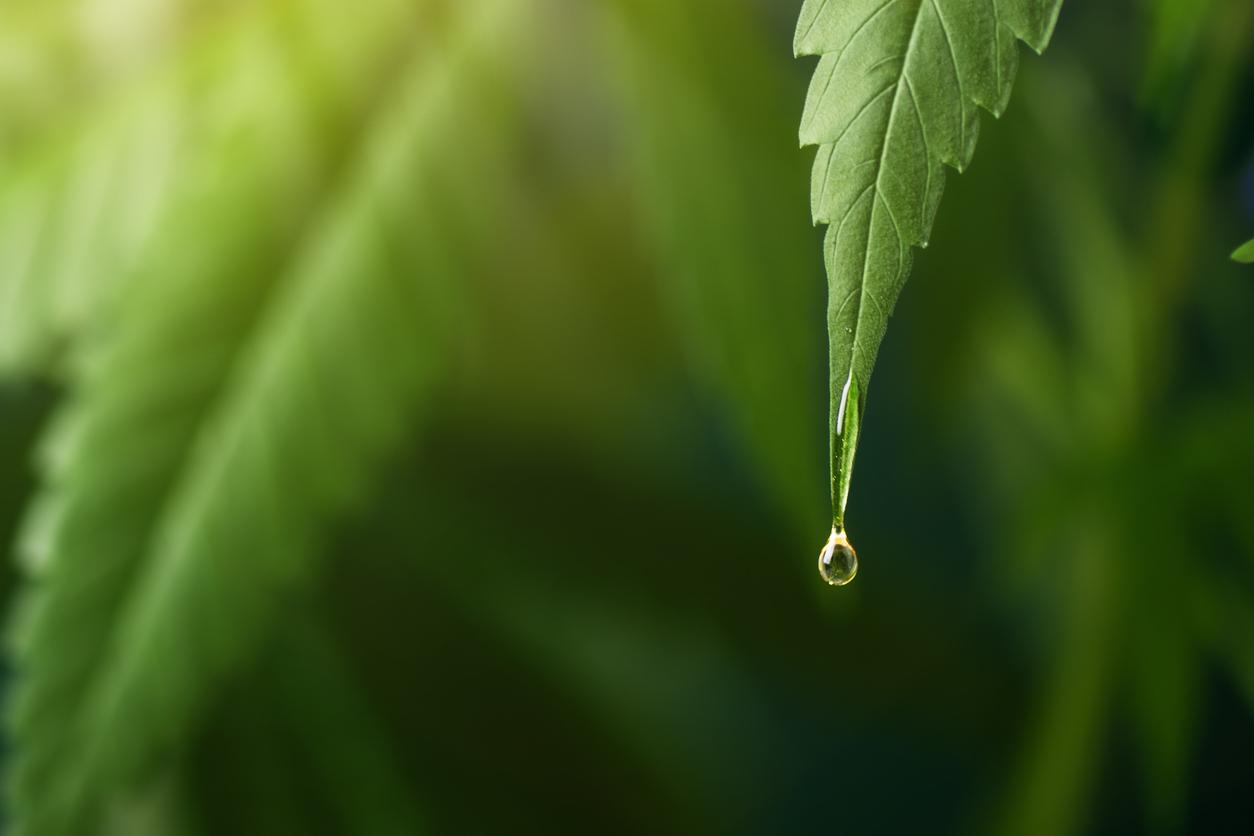Tetrahydrocannabinol (THC) has been detected in the breast milk of women who use cannabis and scientists cannot say when it wears off.

- Cannabinoids, like THC, are detected in breast milk after cannabis consumption.
- Thus, infants receive on average 0.07 mg of THC per day.
- With repeated cannabis use over the course of a day, concentrations remain high without reaching a clear peak.
After breastfeeding mothers consumed cannabis, tetrahydrocannabinol or THC was identified in the milk they produced. This was recently revealed by researchers at Washington State University (United States). To reach this conclusion, they conducted a study published in the journal Journal of Cannabis Research.
Breast milk: “cannabinoids dissolve in lipids”
As part of their work, the scientists decided to measure cannabinoids, such as THC, in human milk after abstaining from cannabis, after single and repeated cannabis consumption, and to identify the factors contributing to the variation in concentrations. “As a reminder, human milk contains compounds called lipids, and cannabinoids are lipophilic, meaning they dissolve in lipids, compounds found in human milk,” said Courtney Meehanwho participated in the study.
To carry out their research, the authors recruited 20 mothers who had a child under six months old. The participants used cannabis frequently, at least once a week, and fed their child with their milk at least 5 times a day. They collected one milk sample after 12 hours of cannabis abstinence and five milk samples at regular intervals over 8-12 hours after initial cannabis consumption. Next, the volunteers answered a questionnaire and recorded their own cannabis use during the study period.
THC peaks 120 minutes after a single cannabis use
By analyzing the milk of nursing mothers, the authors found that their milk still contained detectable amounts of THC, even when they had abstained for 12 hours. The amount of THC detected in the milk was low. In detail, infants received on average 0.07 mg of THC per day. For comparison, a common low-dose edible contains 2 mg of THC. “It is not known whether this quantity has an impact on the infant.”
Another observation: the maximum concentrations of THC in milk vary from one person to another. For participants who only used cannabis once during the study, cannabinoids peaked around 30 minutes to two and a half hours after consumption and then began to decline. For volunteers who consumed it several times, the majority showed a continued increase in concentrations throughout the day. However, there was no specific moment where his concentration peaked and began to wane.
Cannabis or medication: “in-depth research so mothers know which is best”
“Many breastfeeding mothers use cannabis for therapeutic purposes – to manage anxiety, other mental health issues or chronic pain. They often choose cannabis over other medications because they feel it is safer”, explained the researchers. Problem: It is not yet proven that this substance is safer or more harmful. “This is an area that requires extensive and rigorous research so mothers know what is best”concluded Shelley McGuire, co-author of the research.





